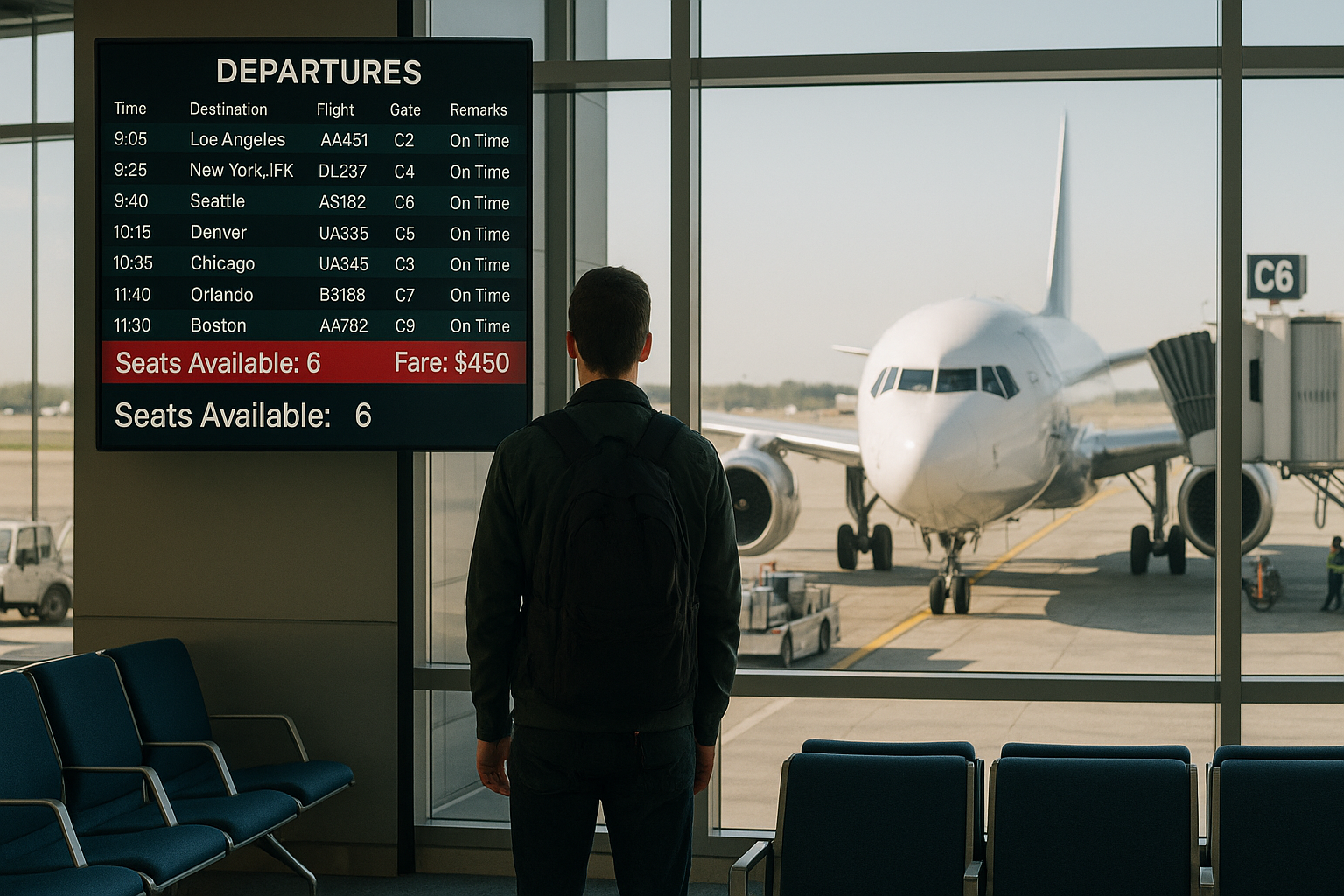The summer travel season just got more expensive. Again.
Airfares jumped 4% in July—breaking a five-month streak of stable or declining prices—while airlines simultaneously slashed capacity by 6% compared to last year. If that sounds like a perfectly orchestrated way to squeeze more money from travelers... well, you're catching on quick.
I've covered the airline industry for years, and this move represents the clearest evidence yet of what industry insiders call "capacity discipline." Translation: Airlines are finally figuring out they make more money when they don't try to flood the market with seats.
"We remain committed to responsible capacity management," is how United's CEO phrased it on their last earnings call. (Ever notice how "responsible" in corporate-speak usually means "profitable for us, expensive for you"?)
Look, the economics here aren't particularly mysterious. Airlines have massive fixed costs—those planes cost hundreds of millions whether they fly full or empty—but relatively low costs for each additional passenger. This used to create a kind of madness where carriers would slash prices to fill every last seat, ultimately destroying their own profits in the process.
Something's changed, though.
After the pandemic nearly obliterated the entire industry, airline executives seem to have had a collective epiphany: What if—and stay with me here—they flew fewer planes and charged more money?
Revolutionary stuff, I know.
The timing is particularly brazen. July represents peak travel season, when demand naturally surges as families squeeze in vacations before school starts. Yet airlines still cut capacity by 6%. This wasn't reactive; it was calculated.
Why can they get away with this? Consolidation, plain and simple. Four carriers—American, Delta, United, and Southwest—now control roughly 80% of domestic capacity. When a dozen major airlines existed, there was always some desperate carrier willing to add flights and slash fares. Not anymore.
I spoke with several industry analysts who confirmed this shift represents a fundamental change in airline strategy. "They're finally behaving like a rational oligopoly," one told me, requesting anonymity to speak candidly about clients.
The prisoner's dilemma provides a useful framework here. Each airline would benefit collectively from restricting capacity, but individually faces temptation to add flights and steal market share. What we're seeing is the rare sustained cooperation equilibrium—helped along by fewer players and fresh memories of pandemic losses.
And who pays for this newfound business discipline? You do.
The combination of higher fares and fewer flights means more crowded planes, fewer options, and your credit card getting hit harder than it should. The Justice Department has taken notice, as evidenced by their recent (though ultimately unsuccessful) attempt to block the JetBlue-Spirit merger.
Will this "capacity discipline" hold as we enter the fall shoulder season? That's the million-dollar question.
The real test comes when demand naturally softens—will airlines maintain their religion of restrained growth, or revert to old habits of market share battles?
I'd keep an eye on the ultra-low-cost carriers like Frontier and Allegiant. If these budget specialists start adding significant capacity, it could force larger carriers to respond. Nothing breaks oligopoly pricing quite like a hungry competitor willing to undercut the big boys.
For now, though, passengers should probably get used to paying more for less. The airline industry has finally learned what most businesses figured out generations ago: sometimes less really is more—at least when it comes to their bottom line.
